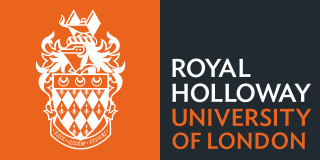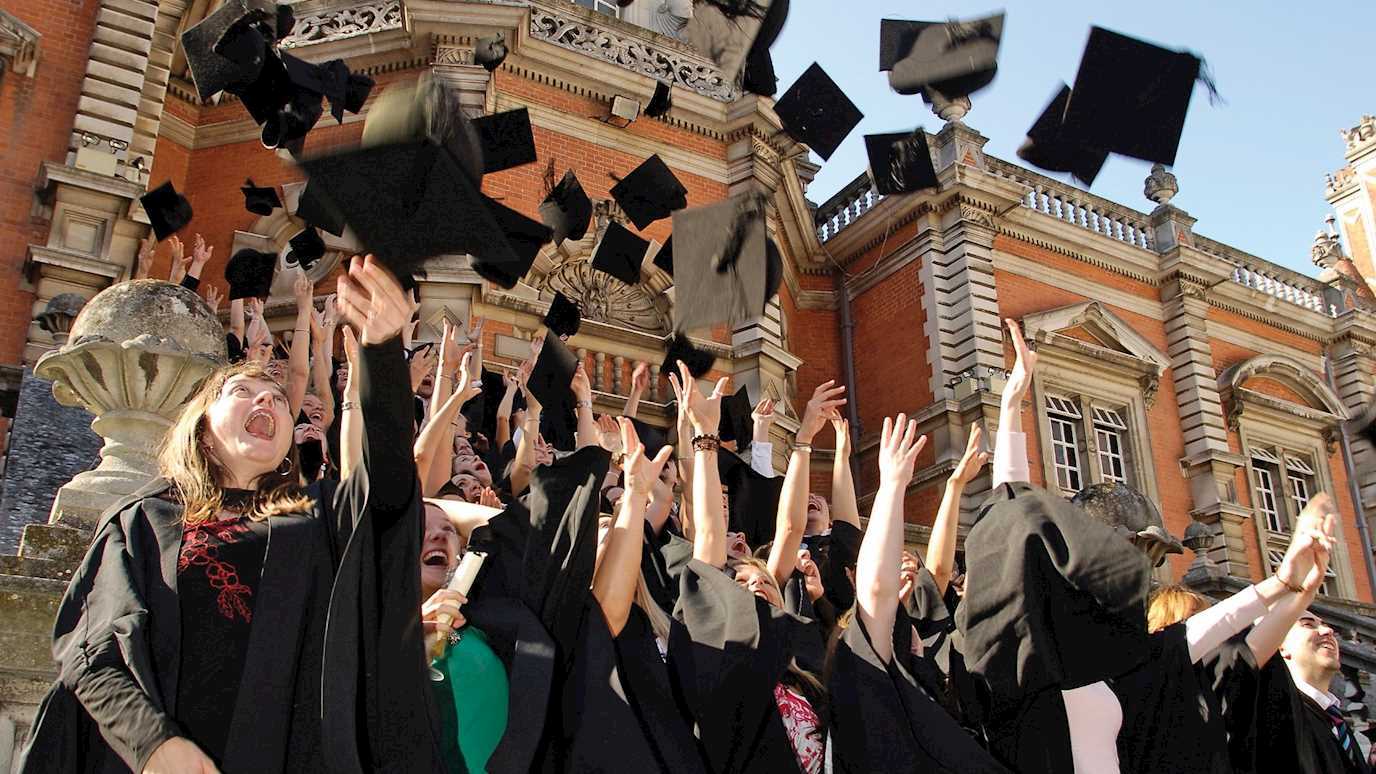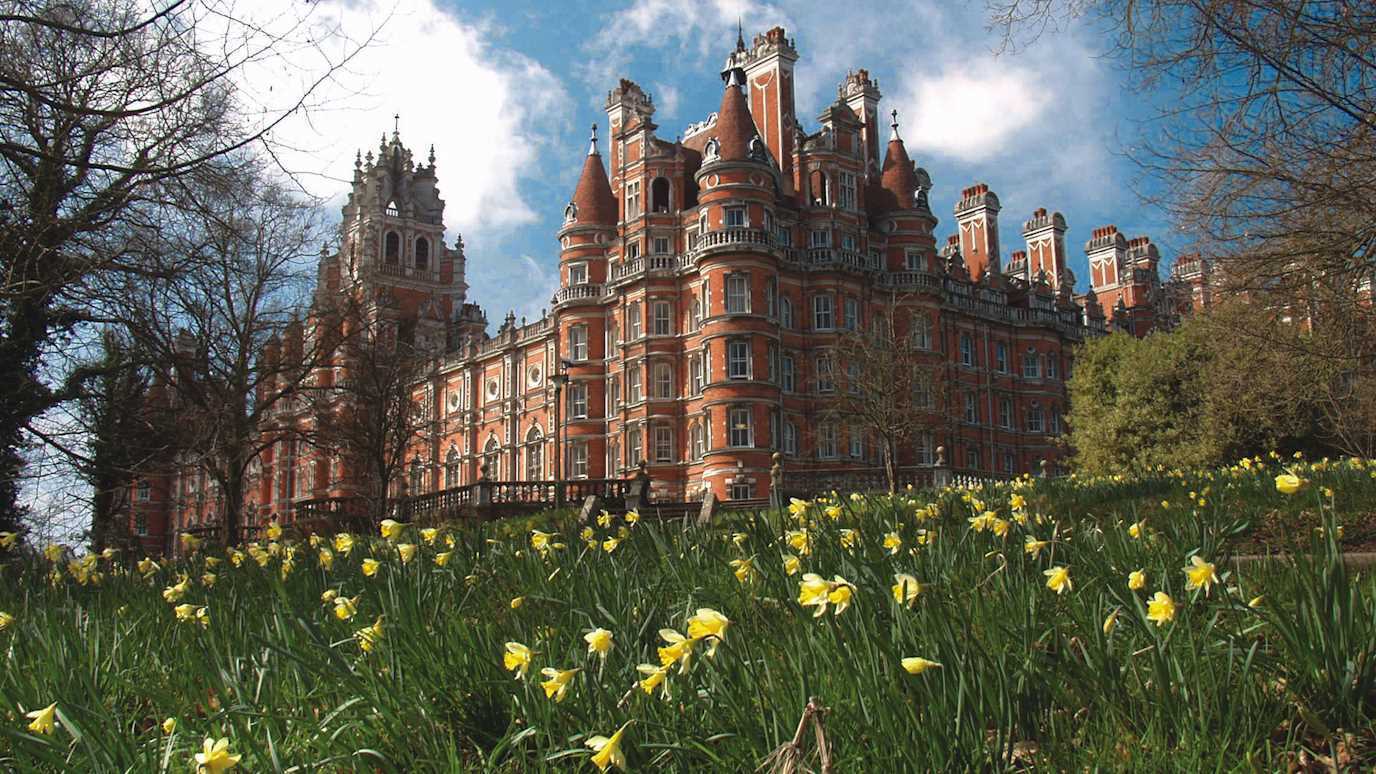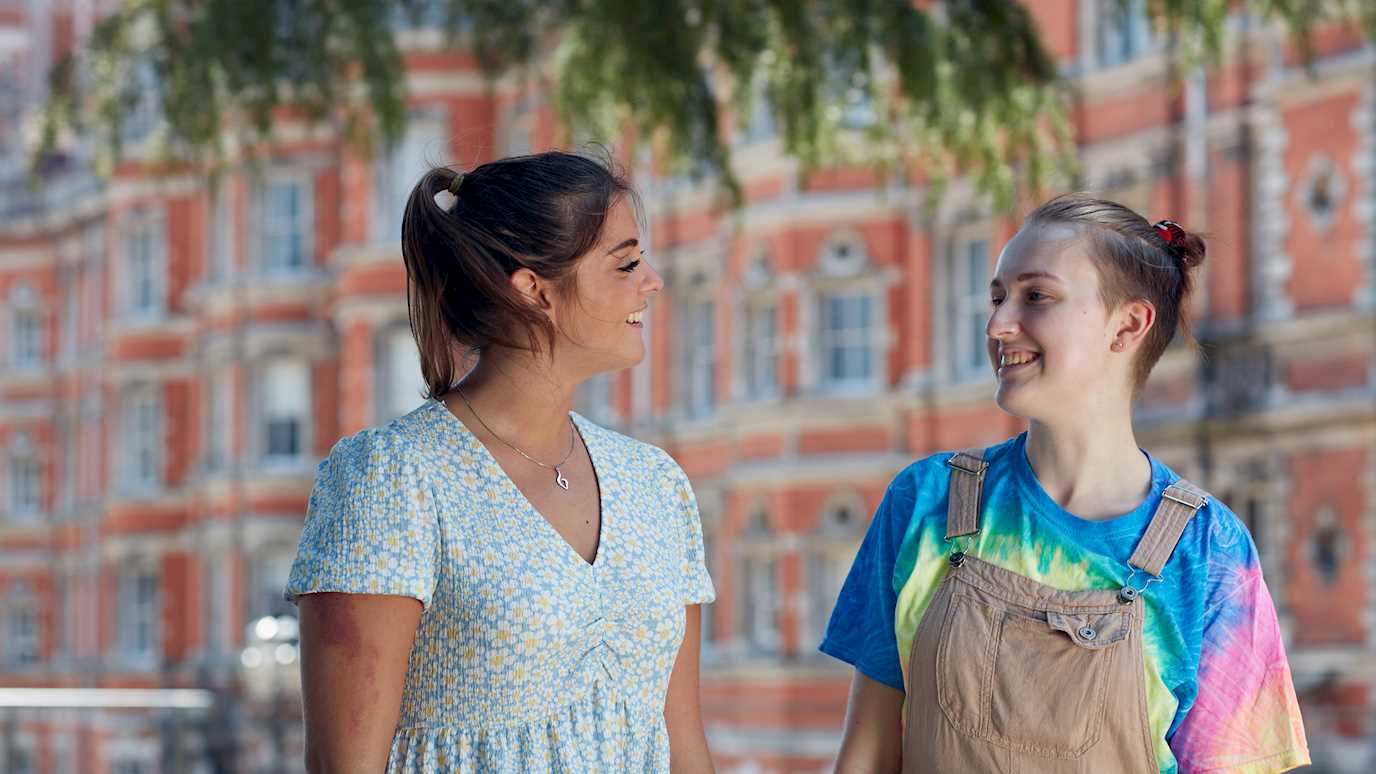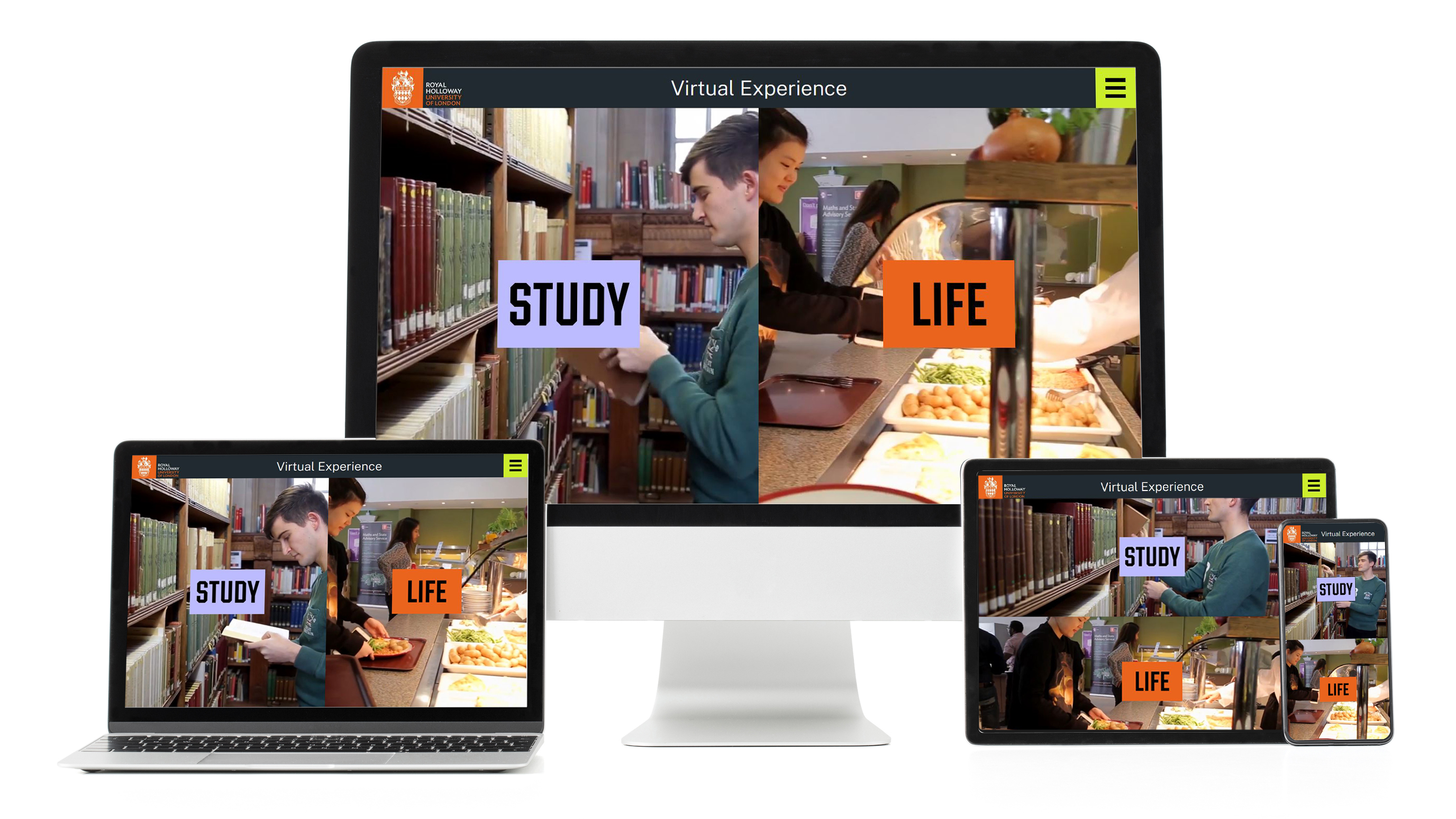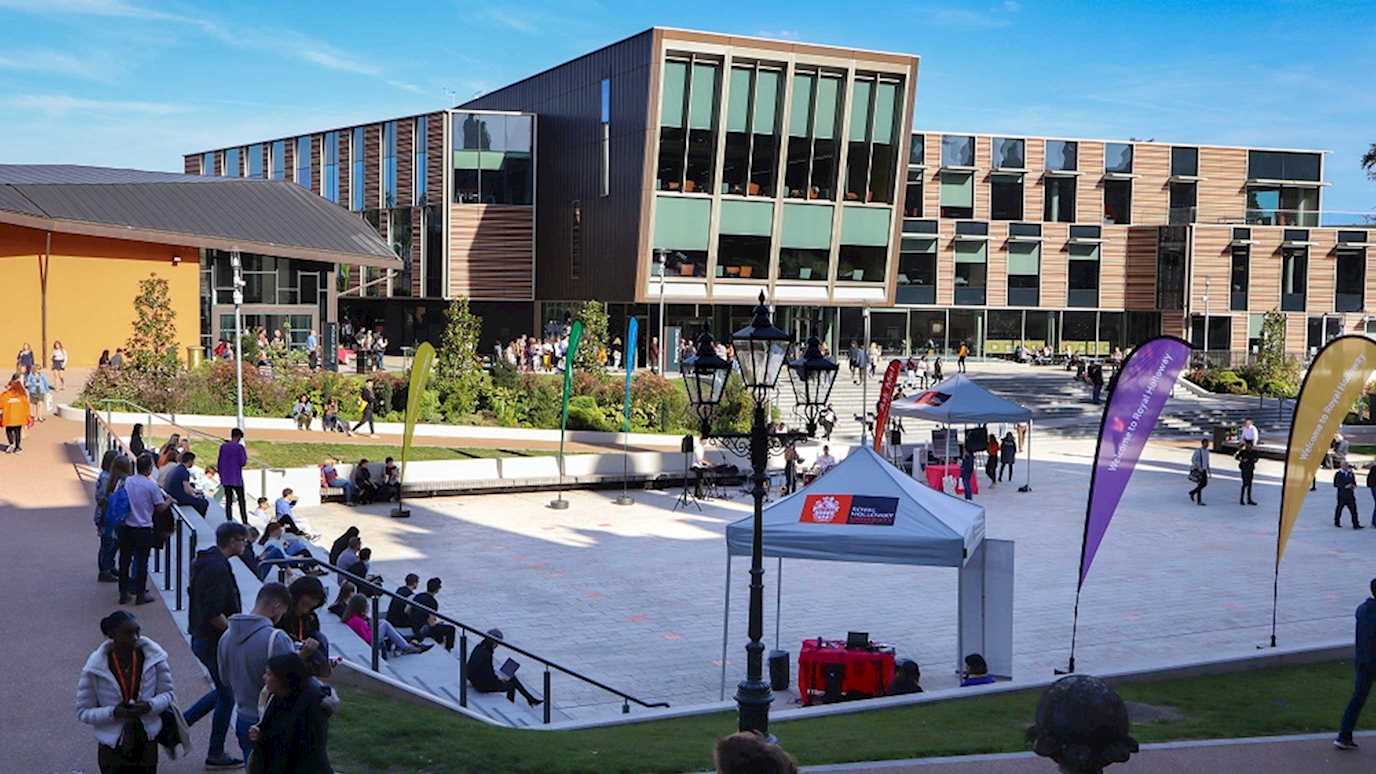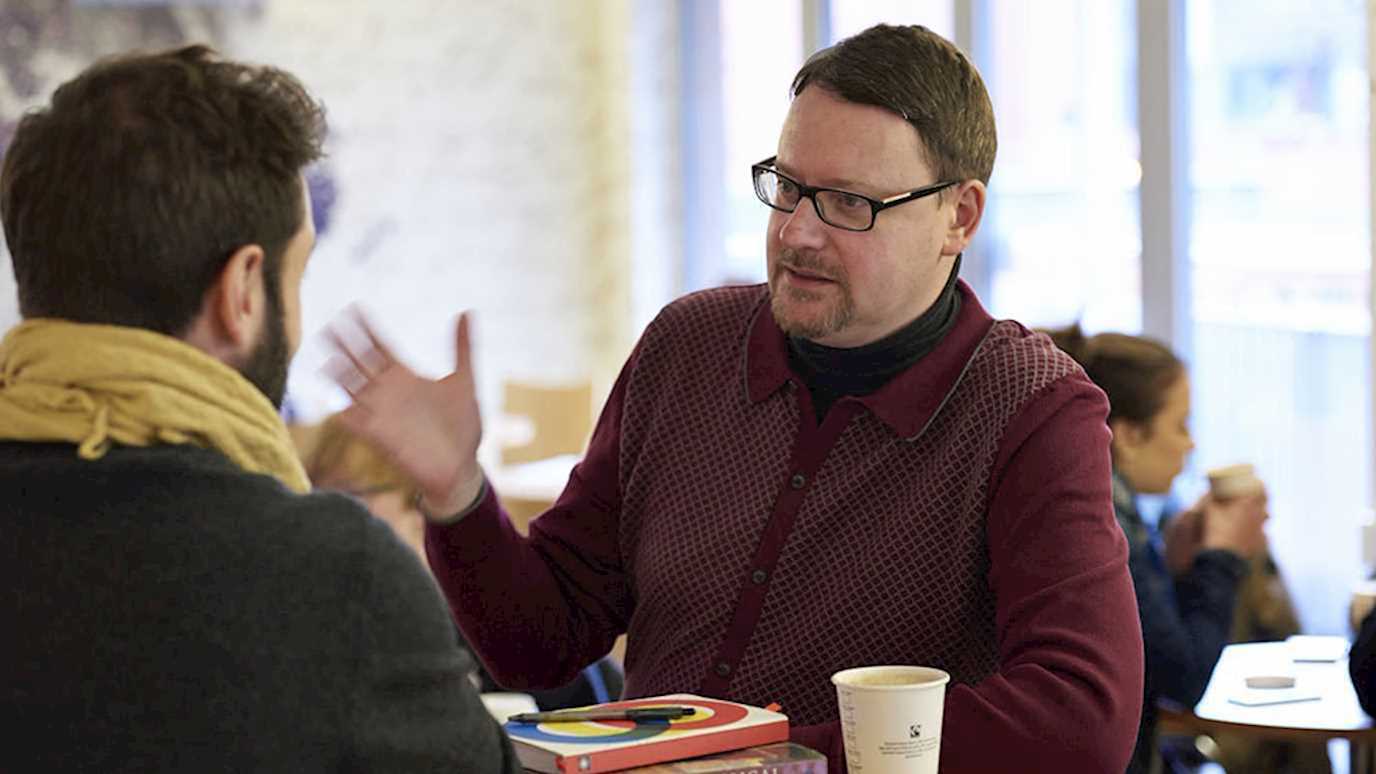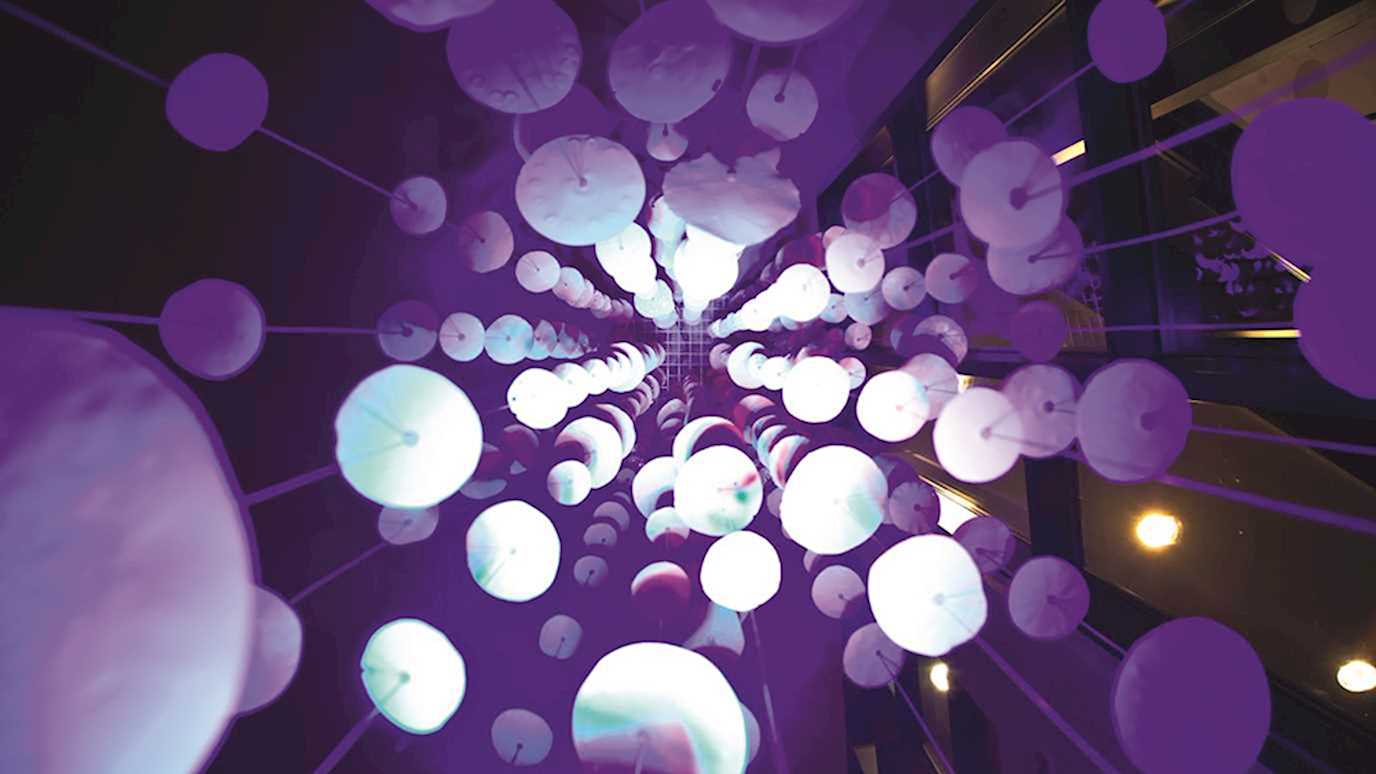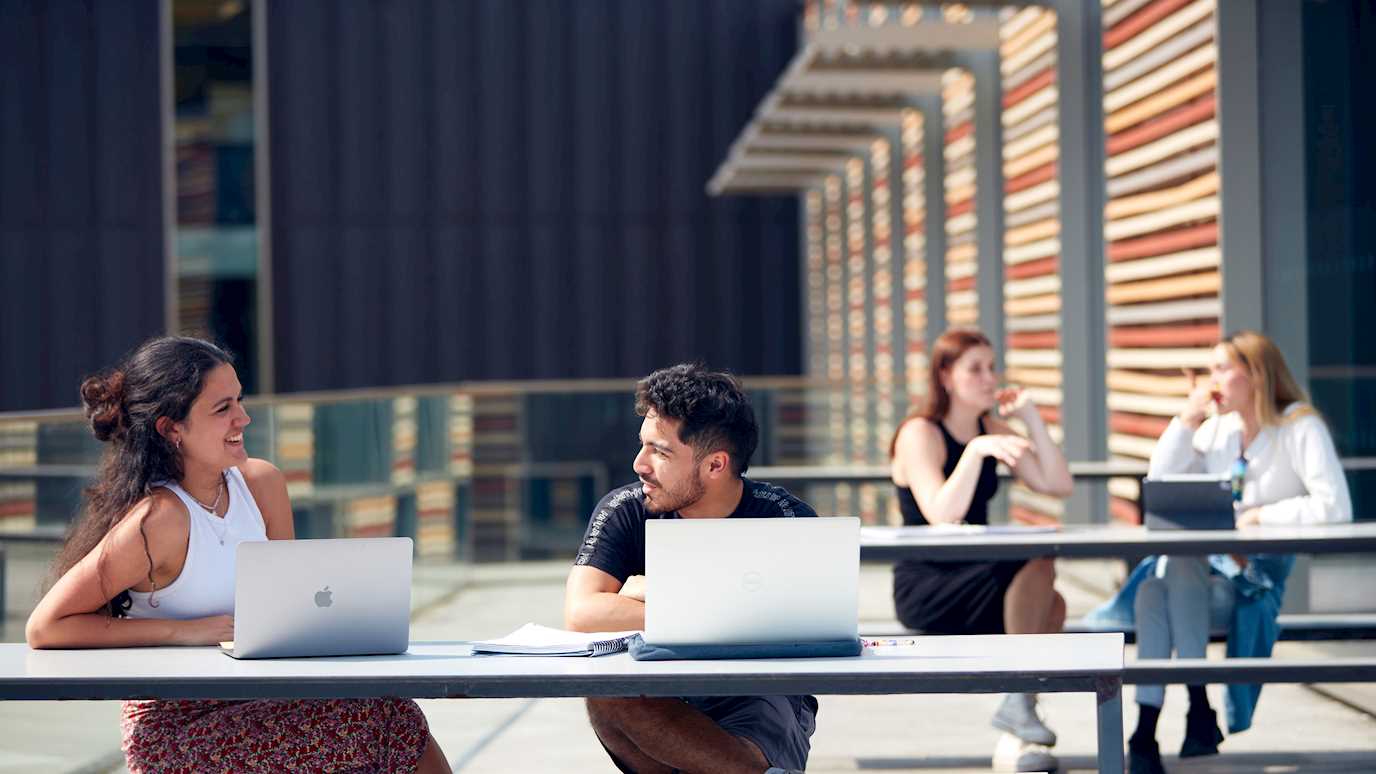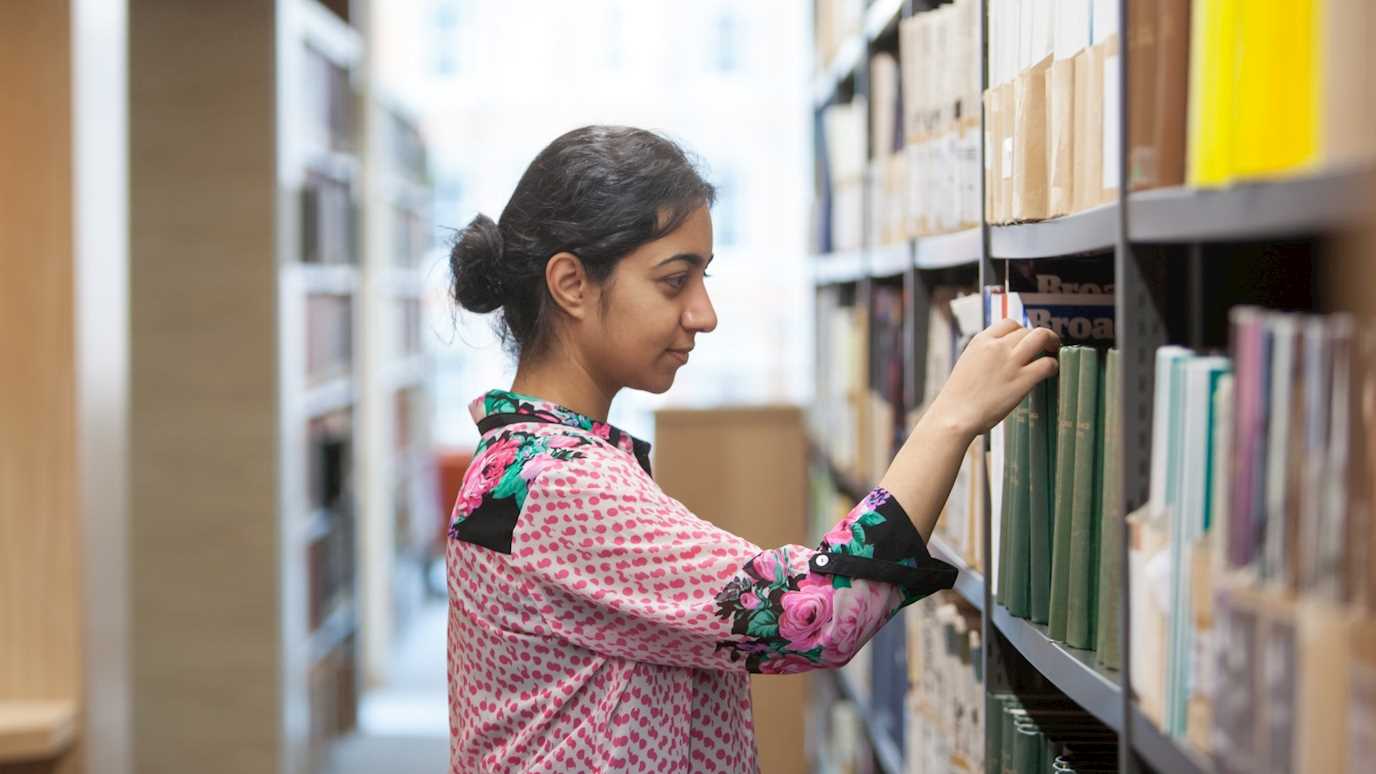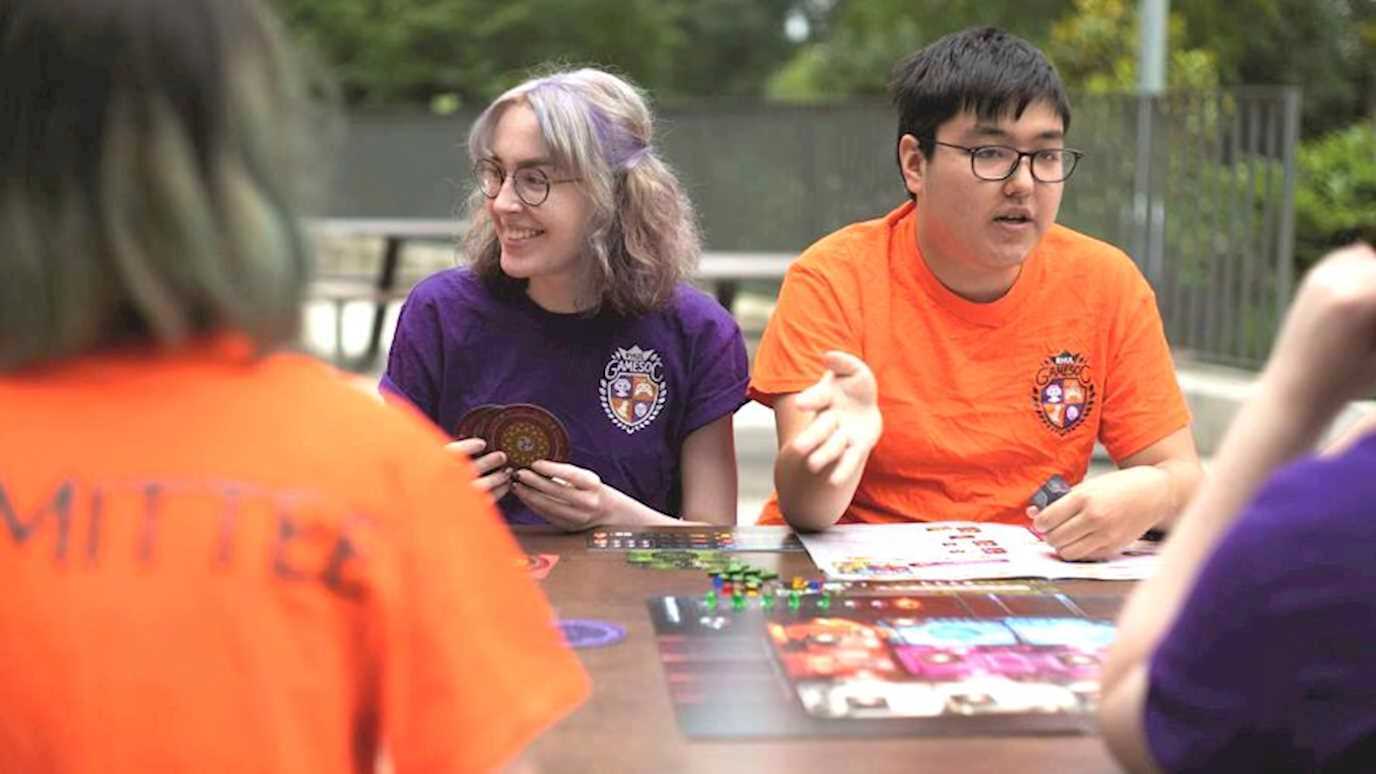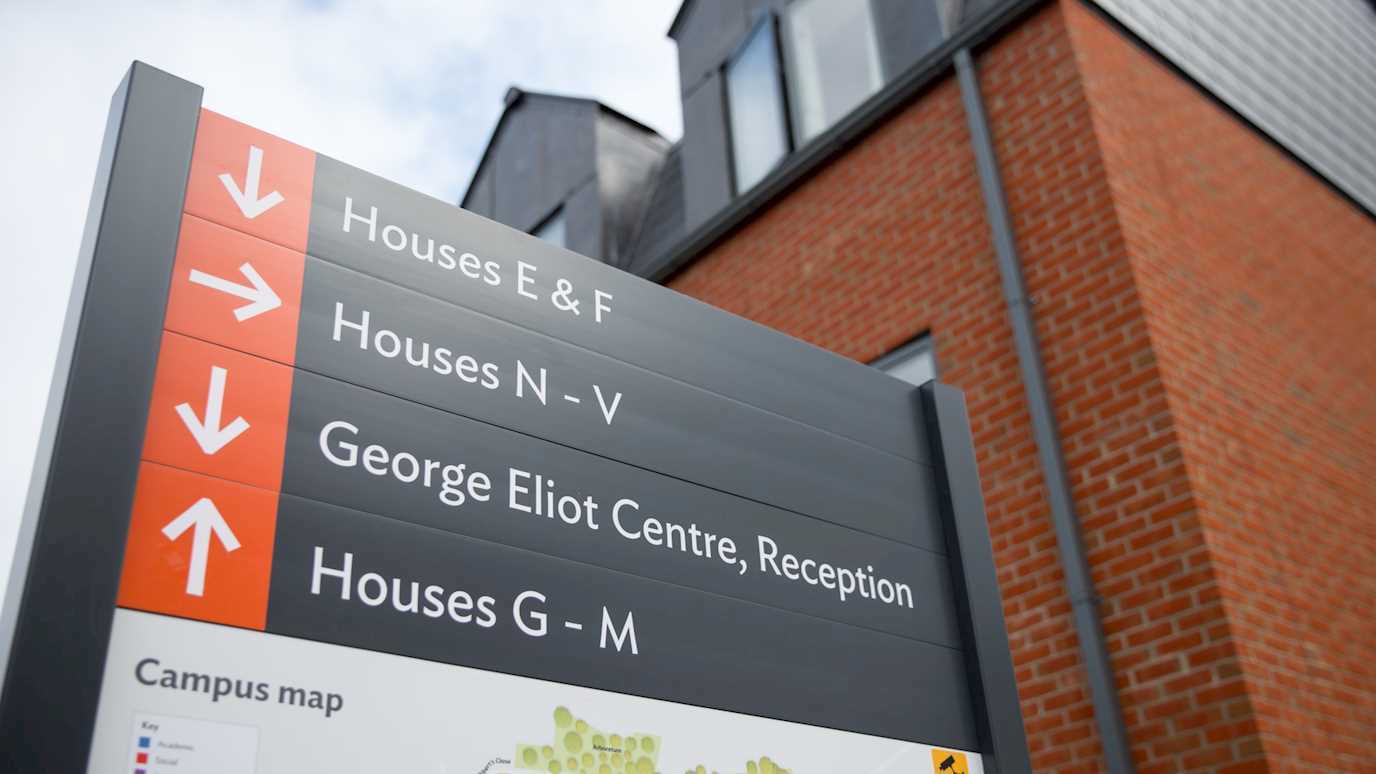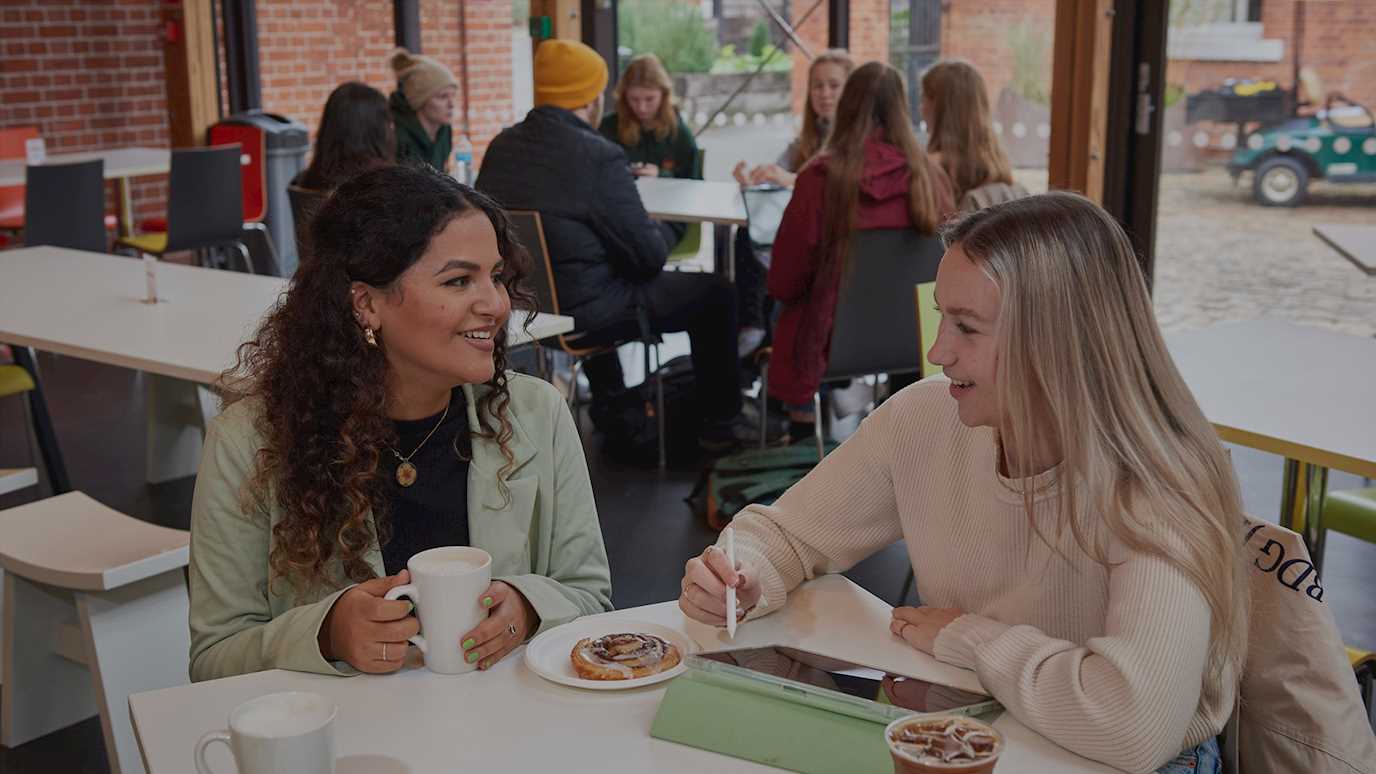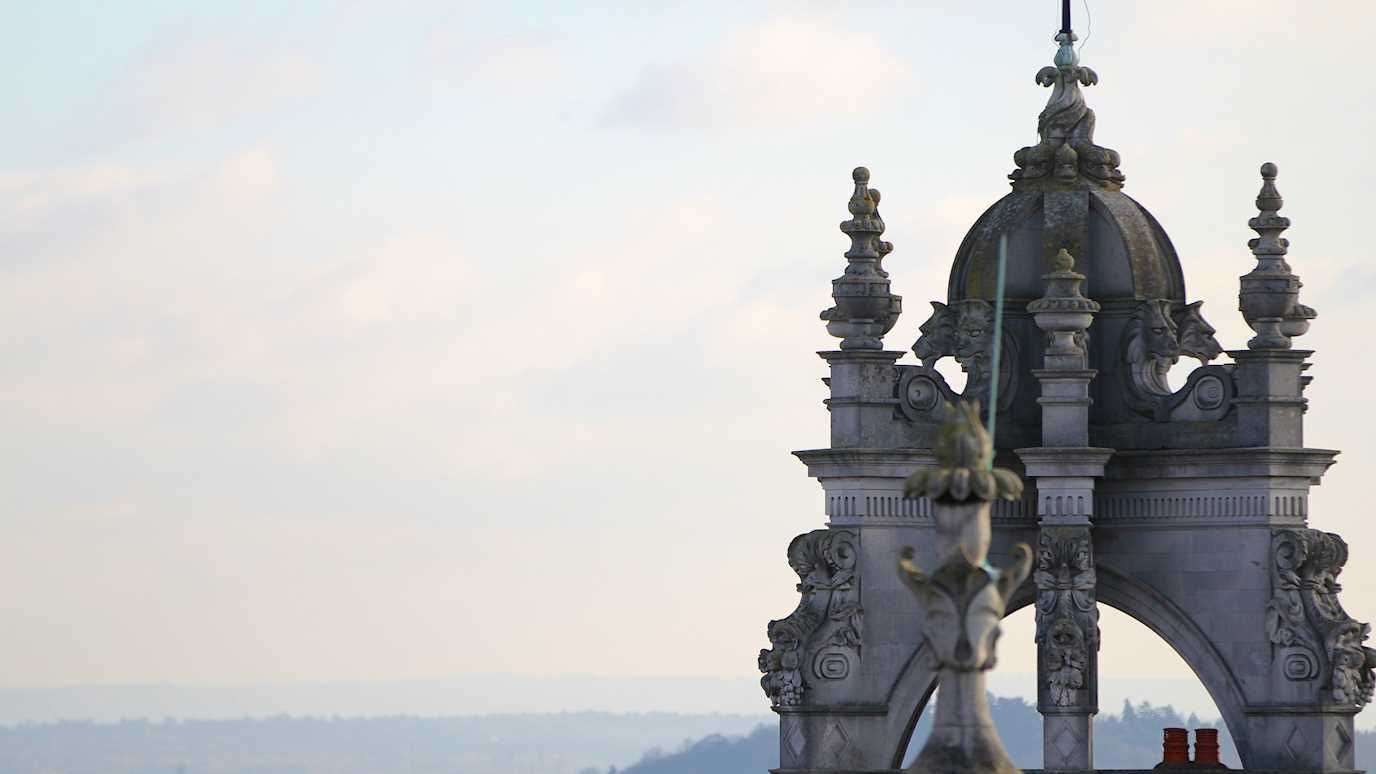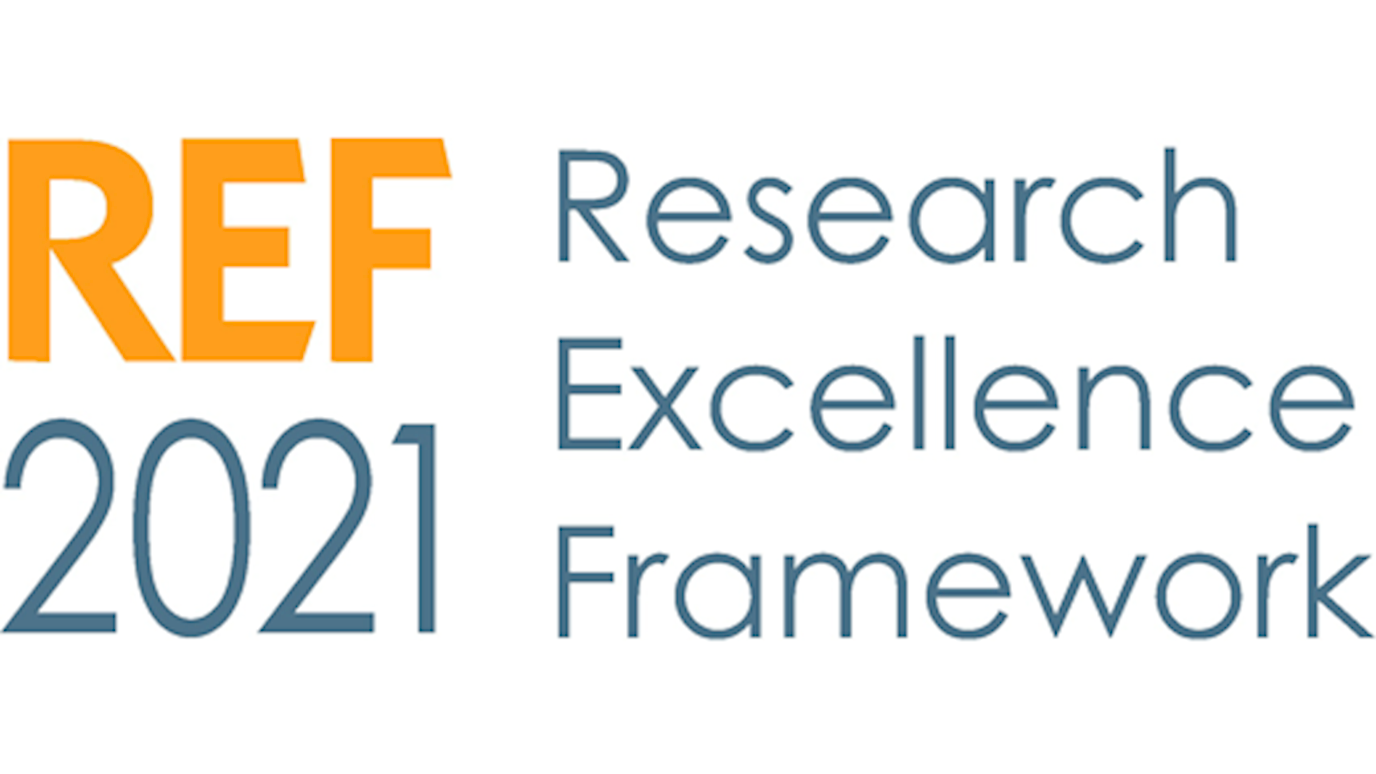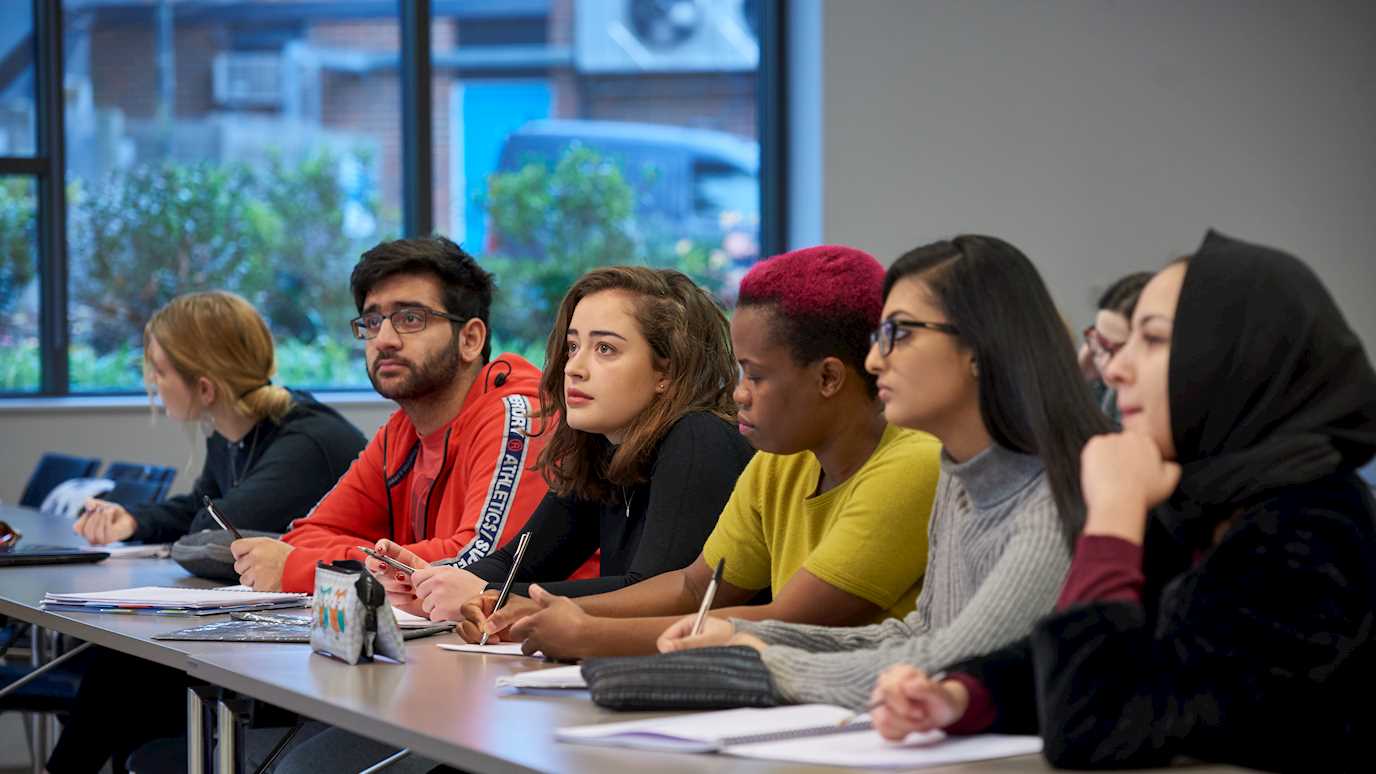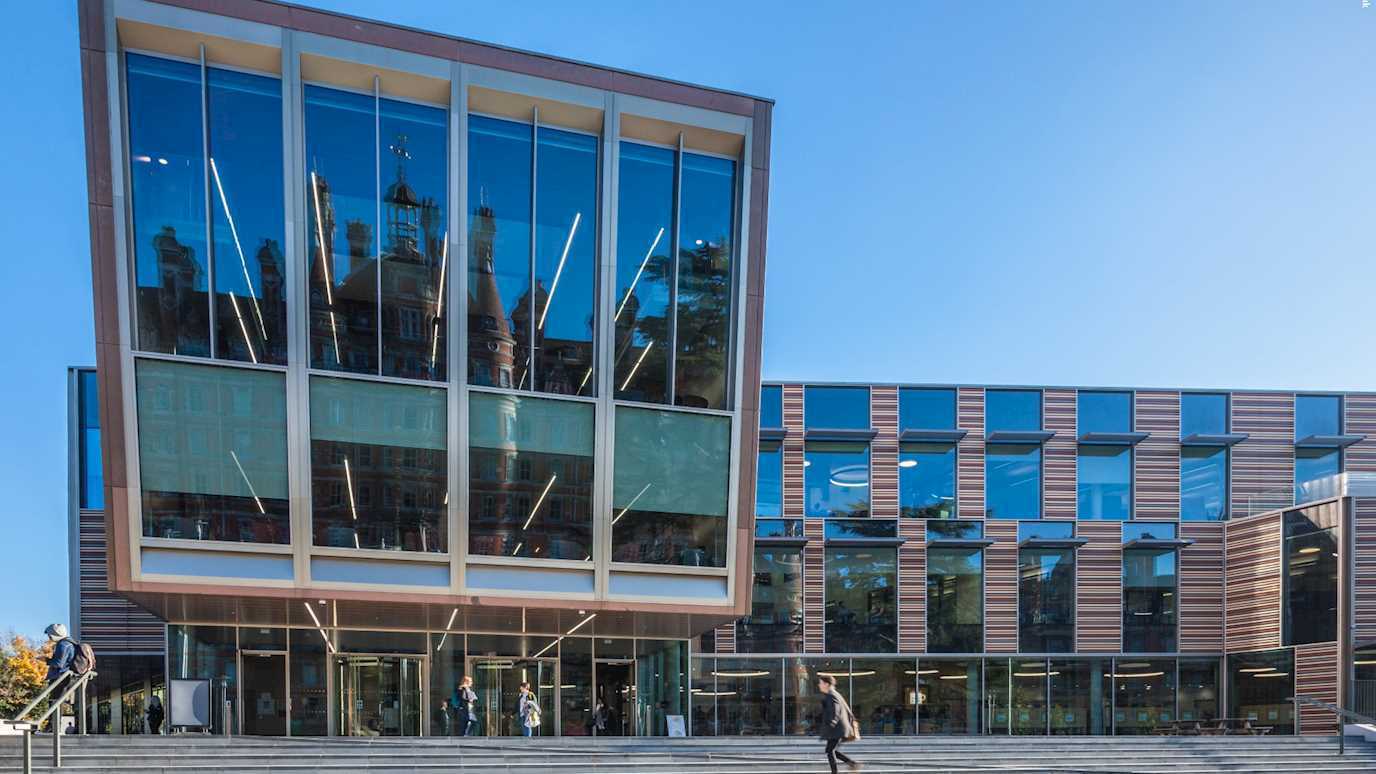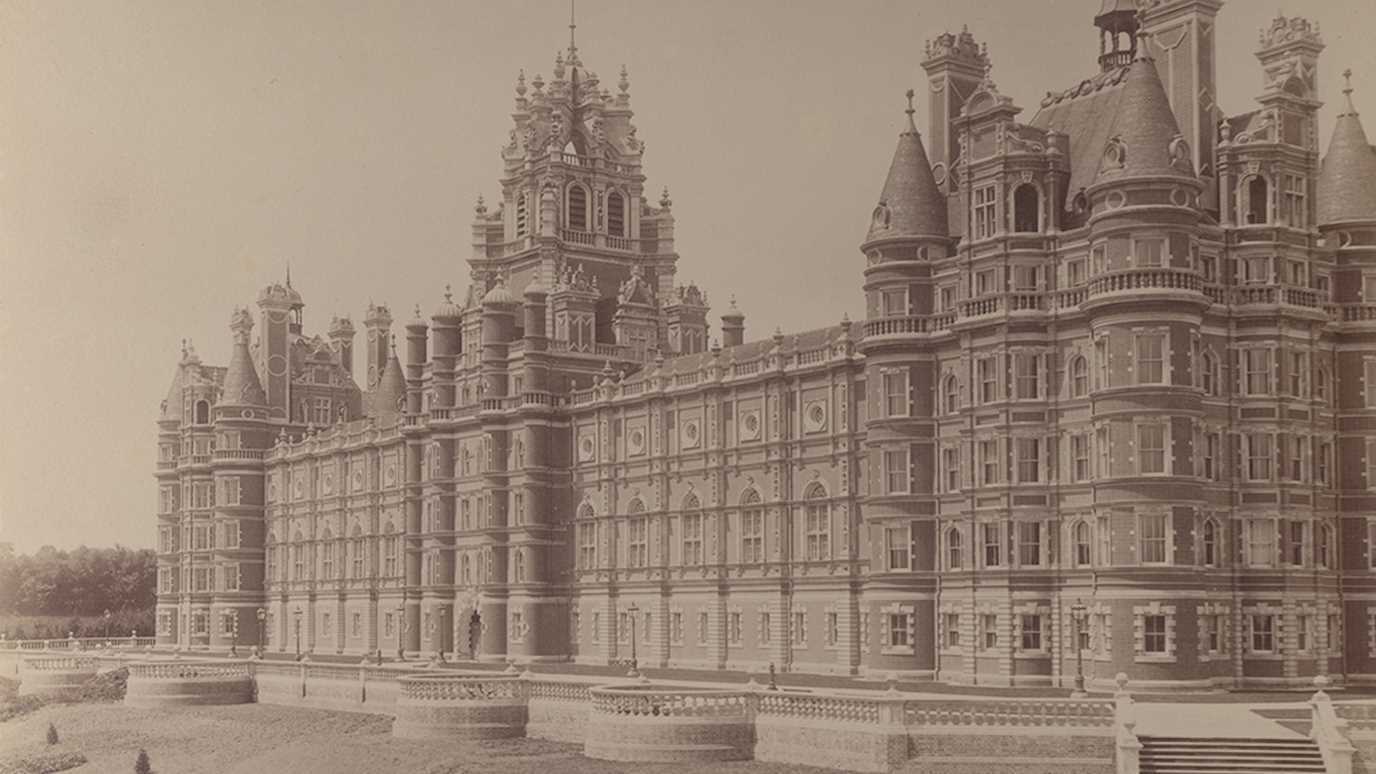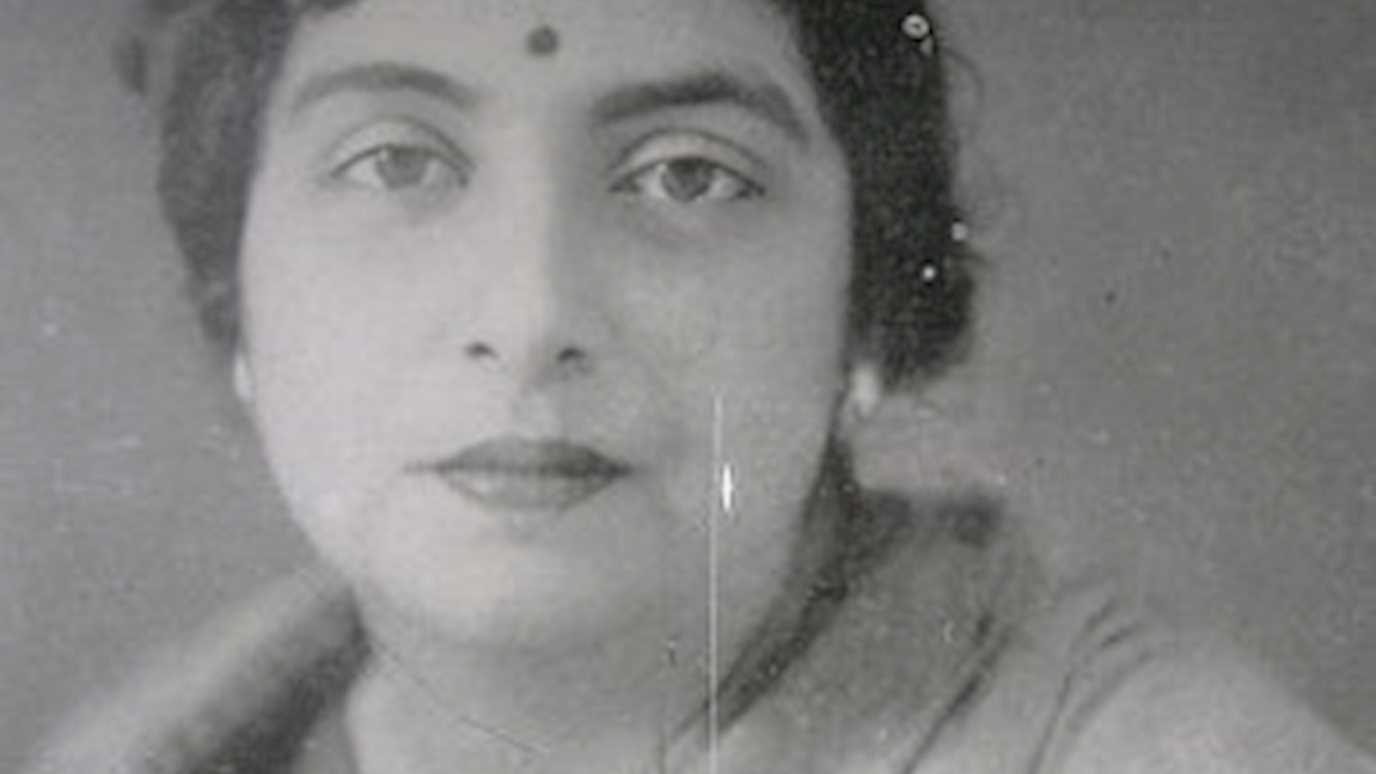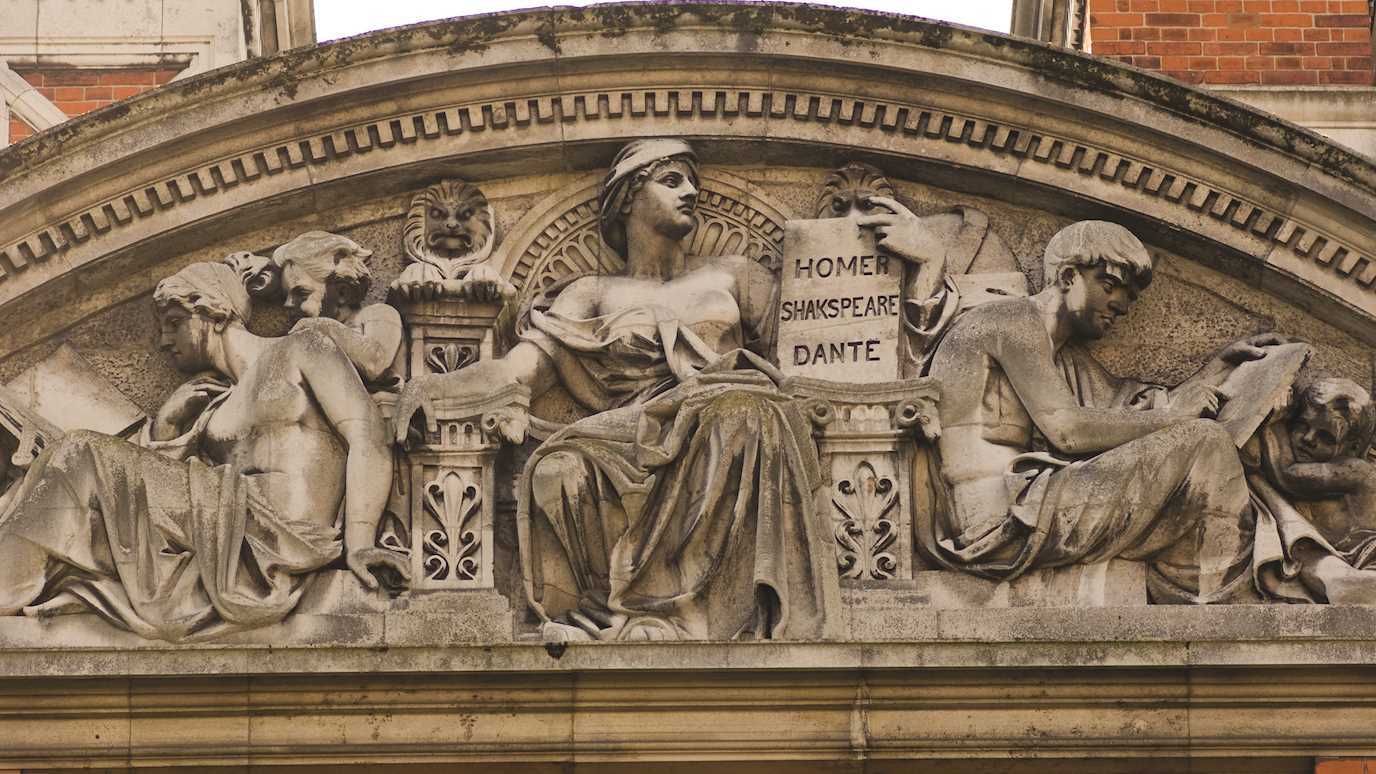In a nutshell, I am a historian of nineteenth- and twentieth-century South Asia, with a focus on what is today Pakistan. But for me, like a lot of us, being a historian has been driven by personal factors. Growing up I was always interested in far flung places, something that was helped perhaps by me living in different countries at a young age thanks to my father being a soldier in the British army. Coming from a family some of whose members had worked in India also encouraged me to be curious about that particular part of the world. For instance, I loved old Edwardian children’s classics like Frances Hodgson Burnett’s The Secret Garden (the latest film version has just been made!) and The Little Princess (it helped in this case that the main character was another Sarah!), whose plots both involved girls returning to ‘boring’ Britain from what seemed like a much more ‘exciting’ place, India. Like Jonathan Phillips last week, I too was a big fan of The Silver Sword (being introduced to momentous historical developments through the experiences of children caught up in them really hit home). But the book that made the single biggest impression on me was Josephine Tey’s The Daughter of Time. Through its exploration of who may (or may not) have been responsible for the death of the Princes in the Tower (it is framed as a detective story, which probably explains why I now enjoy this literary genre so much), it helped me understand from a relatively young age that history was all about competing interpretations of the past, and that it was often manipulated to serve the needs of those in power. Not huge revelations I suppose, but for a 11-year old it was pretty mind blowing!
And like many of you no doubt, I was extremely lucky to have great history teachers at secondary school, who between them whetted my interest further still. One, Miss Young, would give us a 20-question quiz at the start of every history lesson to make sure that we were keeping up to speed on current affairs. (As I am pretty competitive, I always wanted to get as many of them right as possible …) The other, Miss Swain (a straight-talking New Zealander), opted for O and A level curricula (yes, we are talking about pre GCSE days ...) that included the histories of twentieth-century China, India and Southeast Asia, as well as different parts of Africa and Latin America (the Cuban Revolution for instance). A summer spent in India immediately after my A levels, followed by a gap year in Italy, gave me the confidence to take on new challenges, rather than gravitating towards more familiar ‘safer’ modules, once I reached university.
But if I am honest, when I decided to study history (at Royal Holloway as it happens!), I certainly didn’t have a well thought-through long-term plan of action (after all, it was Thatcher’s Britain, with high unemployment and loads of uncertainty). And considering the kind of historian that I eventually became, I realise that I probably only did about three weeks’ worth of South Asian history in the whole three years of my undergraduate degree! My Special Subject, for instance, was on the Vietnam War. So, the next logical step was an (interdisciplinary) MA in South Asia Area Studies at SOAS, with History as my major and Urdu and Social Anthropology as my minors. Again, I was lucky to have inspirational people teaching me, including my history tutor Professor Kenneth Ballhatchet, who had written about ‘Sex, Race and Class under the Raj’ (aka prostitution and venereal disease!) way before others started to do so in greater numbers. Following my PhD (which took me to Pakistan for nearly a year’s worth of fieldwork as I tracked down material in archives and tried to hone my language skills), I secured a three-year postdoctoral fellowship (working on the historical roots of ‘ethnic’ politics in Pakistan), so it was only when that finished that I finally ended up with a ‘proper’ teaching job. This happened very fortuitously to be back at Royal Holloway, and here I have remained ever since... incidentally something that made Royal Holloway stand out from the crowd when I joined the teaching staff was that the History department boasted many more female colleagues than were to be found in most other History departments around the country - it was practically a 50:50 split!
My most recent research project was a collaborative one, involving colleagues at the University of Leeds and LSE. Together we explored citizenship and the role of the everyday state in early postcolonial South Asia, looking at parallel developments on different sides of the new international borders that were drawn up at independence there in 1947. More broadly, we established a network of historians and academics from other disciplines with shared interests in how new states navigate the challenges involved in the transition from colonial rule to independence. This collaboration also produced my most recent book (with William Gould) Boundaries of Belonging: localities, citizenship and rights in India and Pakistan, which we co-wrote using one voice. Its publication in late 2019 coincided with the passing of (and reactions to) India’s highly controversial Citizenship Amendment Act, reinforcing for me just how crucial it is to have informed historical perspectives on contemporary developments.
If I were to sum up why I do what I do - which is researching and teaching history – it would be that for me robust and rigorous historical understanding is absolutely vital for making sense of the world in which we are currently living. It may be a bit of a cliché, but history doesn’t just provide us with answers about the past, it also teaches us how to pose very necessary questions regarding the present, and possibly the future too!
